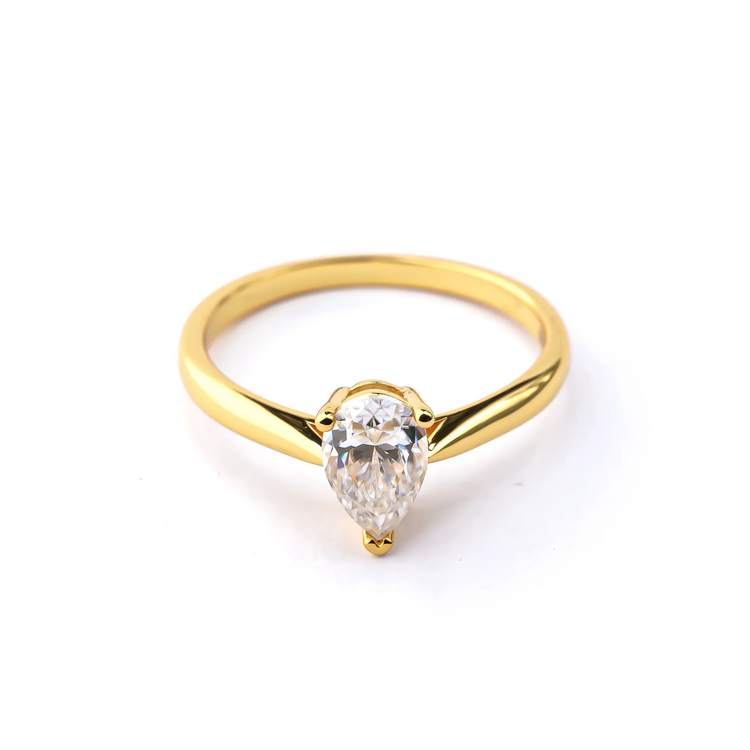Imagine stepping into a meticulously crafted costume that turns you into a living work of art. With the right elements—color, fabric, and accessories—you can embody a character that captivates and engages onlookers. This transformation goes beyond mere appearance; it requires skillful makeup techniques and performance strategies to maintain those striking poses. As you explore the nuances of becoming a living statue, you’ll uncover the rich history and inspiring examples that define this unique art form. What secrets lie behind the most compelling performances?
History of Living Statues
Throughout history, living statues have captivated audiences with their blend of art and performance. You might be surprised to learn that the tradition dates back to ancient civilizations, where performers used physical stillness to evoke the divine or represent cultural symbols. Ancient Greeks and Romans often employed this technique during festivals, showcasing their gods and heroes.
As time progressed, living statues made their way into the streets of Europe during the Renaissance, transforming public spaces into lively theaters. You can imagine how these performers, often adorned in elaborate costumes, mesmerized onlookers with their impeccable stillness and poise.
In the 19th century, the rise of street performance further popularized living statues, as artists began to incorporate contemporary themes and styles. You’d find them in parks and plazas, engaging audiences with their captivating presence.
Today, living statues maintain their charm, blending modern artistry with traditional techniques. Whether you encounter them at art festivals or urban events, you’ll see how the evolution of living statues continues to inspire and entertain, reminding you of art’s timeless ability to connect people across generations.
Essential Costume Elements
The magic of living statues lies not just in their performance but also in their costumes, which play a vital role in capturing the audience’s imagination. To create a stunning living statue, you need to focus on several essential costume elements.
First, select a color palette that complements the theme you’re portraying. Metallics and neutrals often work well, as they can mimic the appearance of stone or bronze.
Next, consider the fabric. Stiff materials like canvas or cotton can help maintain a structured look, while flowing fabrics can add elegance and movement. Layering your costume can enhance the visual depth, so don’t hesitate to mix textures and patterns.
Accessories are crucial too; a well-placed prop or piece of jewelry can elevate your character and create visual interest.
Don’t forget the details—ornaments, hems, and even the way you drape fabric can make a significant impact.
Finally, ensure your costume fits well and allows for mobility. A great living statue costume not only looks impressive but also supports your ability to hold poses for extended periods.
With these essential elements, you’ll be well on your way to transforming into a captivating work of art.
Makeup Techniques for Transformation
Makeup techniques are crucial for transforming your appearance into that of a living statue, enhancing the overall illusion. Start with a clean, moisturized face to ensure the makeup adheres well. Use a high-quality, full-coverage foundation that matches your desired statue color. For a metallic effect, opt for a silver or gold cream foundation, blending it seamlessly over your skin.
Next, focus on your eyes. Darken your eyebrows with a matching brow pencil to create a more pronounced look, as this adds depth. Use eyeshadow in shades that align with your statue theme—grays, whites, or metallics work well. Apply eyeliner to define your eyes, but keep it subtle to maintain a lifeless, statue-like expression.
Don’t forget about contouring. Use a darker shade to create shadows on your cheekbones, jawline, and temples, mimicking the carved appearance of stone. Highlight with a lighter shade on the high points of your face, but keep it minimal to avoid shine.
Performance Tips for Success
To truly captivate your audience as a living statue, mastering your performance is just as essential as your makeup. Start by finding the perfect pose that reflects your character or theme. A strong, dynamic stance will draw attention halloween costumes create intrigue.
Keep your body still but be aware of your facial expressions; subtle changes can convey emotions and engage viewers.
Practice your timing. Knowing when to remain still and when to react to audience interactions is crucial. Anticipate their reactions and don’t be afraid to adjust your posture slightly if it helps maintain interest.
Use your eyes to connect; a piercing gaze can create a powerful connection with onlookers.
Remember to maintain your energy. Staying focused and committed to your role will enhance your performance. Consider the environment around you; interact with passersby through gestures or eye contact, but do so without breaking character.
Lastly, rehearse regularly. The more you practice, the more fluid your movements will become. Each performance is a chance to refine your skills and experiment with new ideas.
Embrace the art of stillness, and you’ll transform from just a performer into a captivating piece of art.
Inspiring Examples of Living Statues
As you refine your craft, looking at inspiring examples of living statues can spark new ideas and techniques for your own performances.
Consider the classic statue of David, brought to life with meticulous attention to detail. The performer’s use of body paint and a simple yet elegant pose captivates audiences, reminding you that less can be more.
Another striking example is the “Silver Man” in urban settings, whose reflective costume creates a mesmerizing visual effect. This performer’s ability to interact with the crowd while maintaining a stillness showcases the power of engagement in your act.
You might also find inspiration in themed costumes, like a living statue dressed as a historical figure. By incorporating elements of storytelling, you can transport your audience to another time and place.
Lastly, take a look at modern interpretations, such as living statues that incorporate technology, like LED lights or sound effects. These innovative approaches can help you push boundaries and create a unique performance.
Conclusion
In conclusion, living statues offer a unique blend of art and performance that captivates audiences. By focusing on essential costume elements, mastering makeup techniques, and honing your performance skills, you can truly transform into a mesmerizing work of art. Embrace the history and creativity behind this art form, and let your imagination guide you. With dedication and attention to detail, you’ll not only engage viewers but also leave a lasting impression as a stunning living statue.





